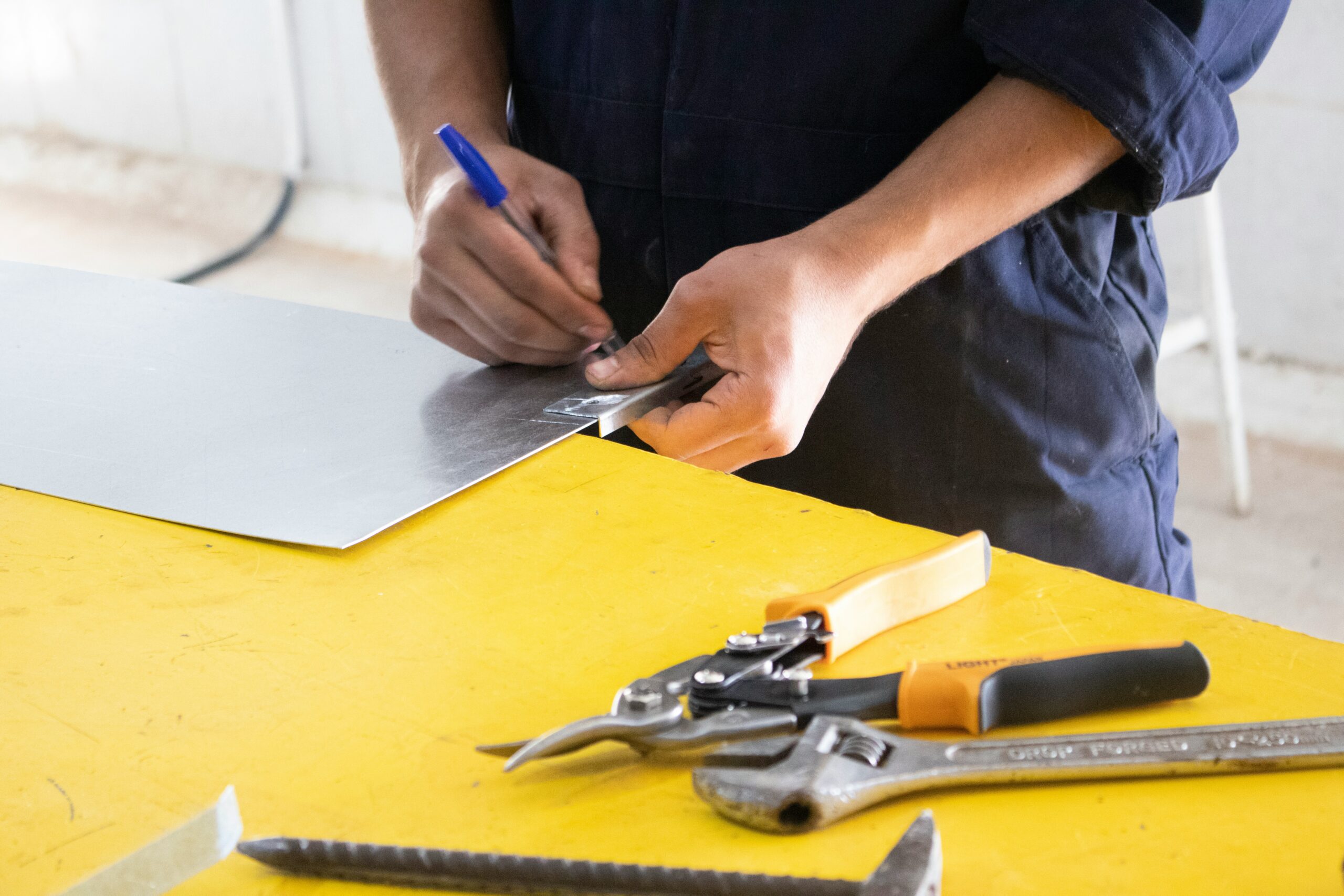When it comes to electrical work, there’s no room for guessing, especially when safety is on the line. Whether it’s a small house or a big commercial build, following the right wiring standards keeps systems reliable and reduces risks. Poor wiring can cause serious issues like fires or even injuries. This article will share some tips to make your project safer and smoother by using electrical wiring the right way.
1. Learn the Basic Wiring Codes First
Learn both local and national wiring rules before beginning any electrical project. These guidelines ensure proper and safe operation of every component of the electrical configuration. Though local rules may apply covering wire kinds, circuit layouts, and more, the National Electrical Code (NEC) is popular in many countries. Knowing this helps avoid errors and facilitates the passing of the task by inspection.
2. Use the Right Type of Wire
Every wire is designed for a particular use; none are exactly alike. A few are built for high-powered machinery, some for walls, and yet others for moist environments. Always refer to the label and follow the wiring code; using the incorrect wire could cause overheating, melting, or short circuits. Make sure the wire size corresponds with the power it will carry; too small a wire may burn out or fail.
3. Don’t Overload Circuits
An overloaded circuit—that is, too many devices hooked into one outlet or circuit—is one of the most often occurring causes of electrical fires. Keep in mind that every circuit has a power limit; exceeding that could overheat the wires. That’s why it is important to plan your wiring carefully to avoid this by distributing the load over several circuits and installing the correct amount of outlets.
4. Label All Wires and Circuits
Though it seems like a little task, labeling saves time and helps to avoid mistakes down the road. To keep each circuit, breaker box, and any junction boxes readable, label them either waterproof or heat-resistant. Clear labels enable everyone working on the system to rapidly identify the connections.
5. Utilize Proper Tools and Materials
Working with electrical systems makes it not worth the risk to cut expenses by employing inexpensive tools or worn-out components. Never substitute connections with tape or force wires into confined areas; always use appropriate equipment for cutting, stripping, and wire joining. Sharp bends, reusing wires, and skipping junction boxes and clamps might cause bad connections or perhaps fire concerns.
6. Turn Off Power When Working
Although this seems clear-cut, one of the main causes of electrical mishaps still is failing to cut off the electricity. Before performing any wiring, always turn off the main breaker; make sure the area is truly off by running a voltage tester. Take it seriously because little wires can contain enough voltage to shock. Don’t forget to ask a certified electrician if you are doubtful about anything; never hurry safety.
7. Know When to Call an Expert
Australian Electrical Wiring Standards are important when it comes to large systems or specialized tasks like putting in a new panel that often need permits and inspections. Some wiring jobs are too dangerous or complicated to do by yourself. Hiring a qualified electrician is smart, as they know the criteria and how to correctly satisfy them, hence safeguarding your safety and guaranteeing the work follows laws.
Smart Wiring Today Keeps Homes Safe!
Wiring for electricity may not get a lot of attention, but it’s very important for safety and performance, making sure everything works well and stopping problems from happening in the future. Two important actions that guard people and property are using the right cables and obeying electrical codes. Although diligent labor pays off in the long term, one should avoid hurrying or skipping tasks.

